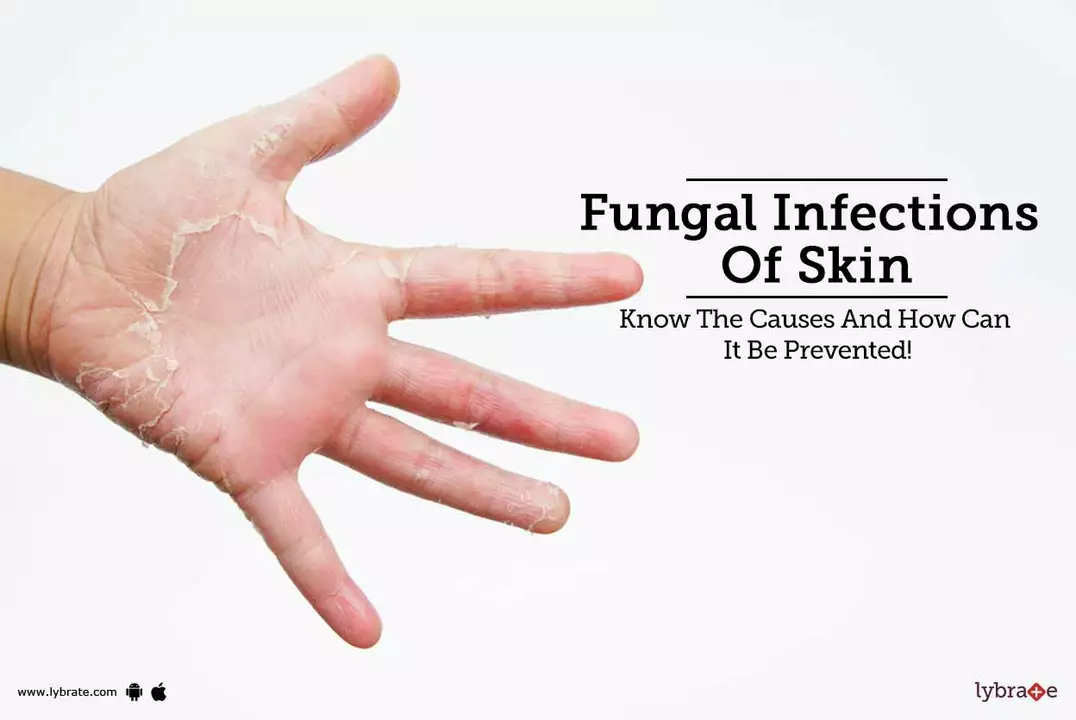Prevention: Simple, Practical Ways to Stay Healthy and Safe with Medicines
Most medication problems start at home or when buying online. You don’t need medical school to prevent common mistakes — a few smart habits go a long way. This page pulls together easy, practical tips you can use today: how to buy meds safely, stop infections, manage chronic conditions, and handle a medical emergency without panicking.
Prevent medication errors and unsafe purchases
Buying medicine online or managing several prescriptions? Try these quick rules:
- Use verified pharmacies. Check for a physical address, phone number, and clear policies. If a price looks too good to be true, it probably is.
- Keep a current medication list. Include drug names, dosages, and why you take them. Share it with every new provider or pharmacist.
- Watch for interactions. When you get a new drug, ask your pharmacist if it mixes with what you already take — including herbs and supplements.
- Store meds properly. Heat, moisture, or sunlight can change a pill’s strength. Keep them in original containers and follow label instructions.
- Follow the prescription. Don’t skip doses or cut pills unless a provider tells you it’s safe. For antibiotics, finish the course unless advised otherwise.
Prevent illness and act fast in emergencies
Stopping disease often means small daily choices and knowing what to do when something goes wrong.
- Vaccines and hygiene matter. Stay up to date on vaccines you need and wash hands during flu season or after being in public places.
- Control chronic risks. High blood pressure and COPD don't fix themselves — take meds as prescribed, track numbers, and adopt small diet and activity changes that reduce flare-ups.
- Recognize serious signs early. For seizures, learn how partial onset seizures look and the safe first-aid steps: stay calm, protect the head, note the time, and call for help if it lasts longer than usual.
- Know safer alternatives. If a medication causes bad side effects, ask your doctor about substitutes or non-drug options like breathing techniques for performance anxiety or herbal choices for mild issues.
- Plan for access. If you rely on a specific inhaler, eye drop, or chronic med, set reminders to reorder before you run out and compare trusted pharmacies for cost and reliability.
On this tag, you’ll find guides ranging from safe online pharmacies and cost-saving tips to condition-specific prevention like Crohn’s care, seizure first aid, and alternatives to common drugs. Pick what matches your situation and use the checklists above to make immediate, safer choices.
If you want, start by reading one short guide below: one piece of practical advice can prevent a big problem later.




